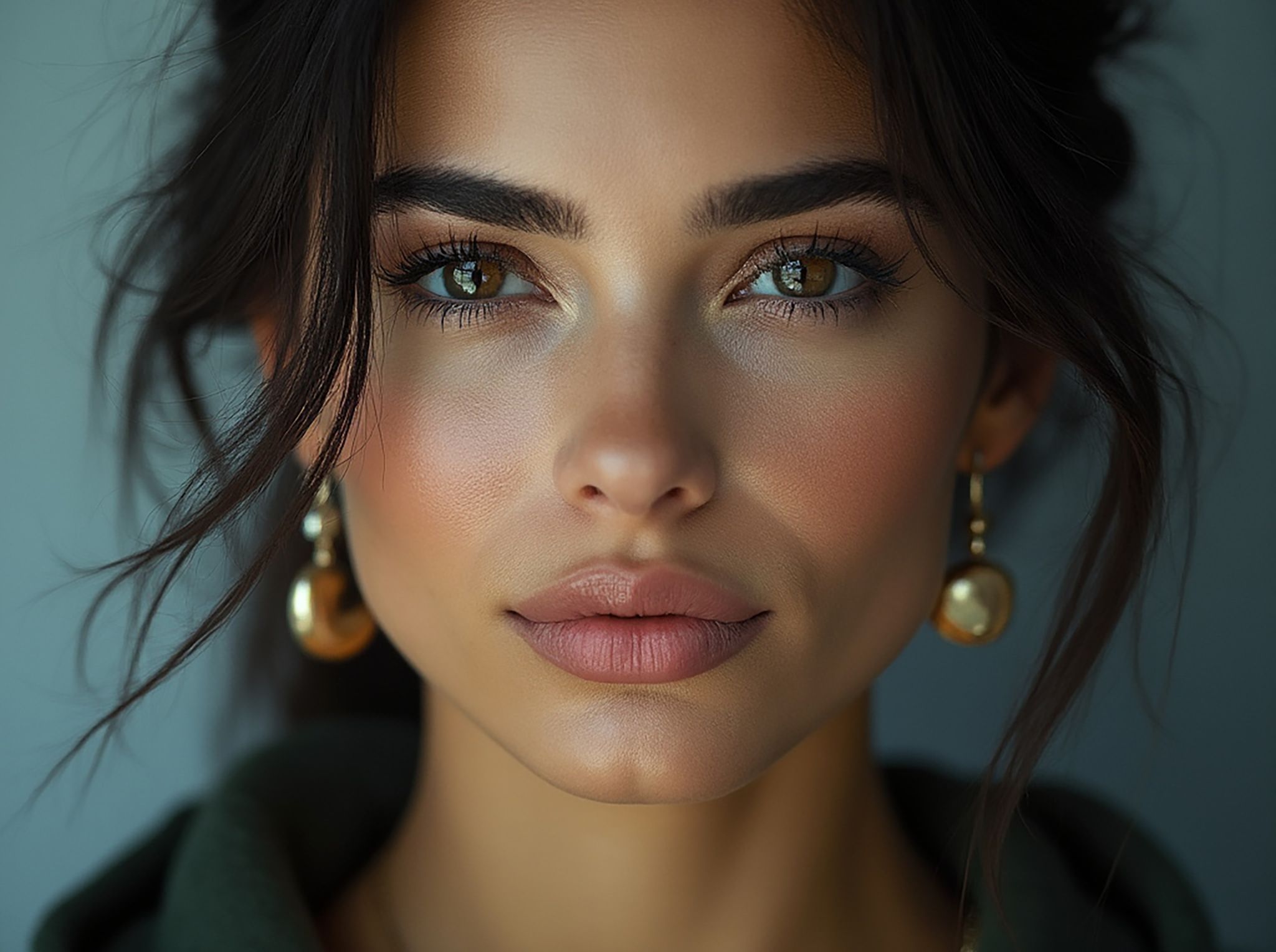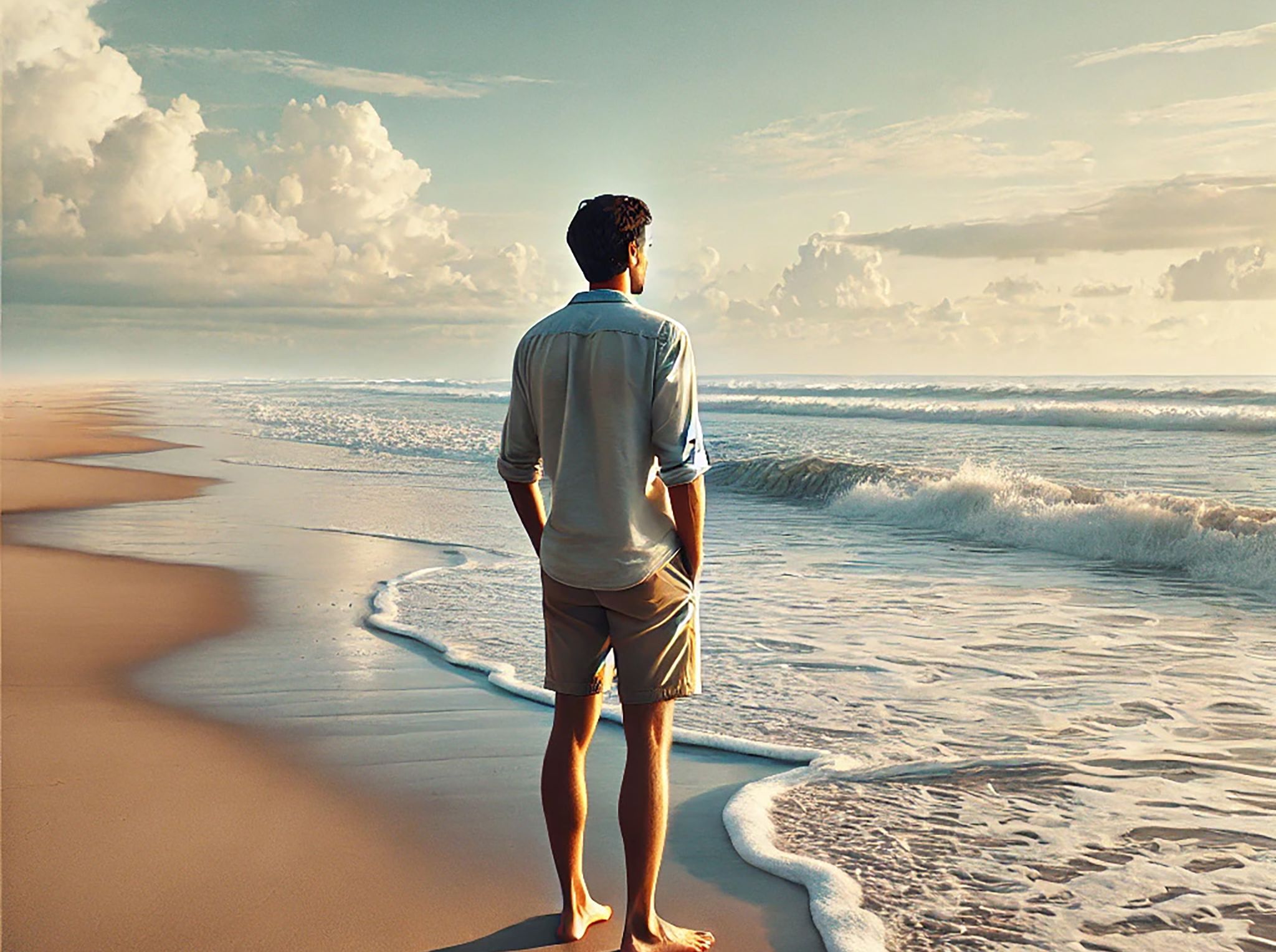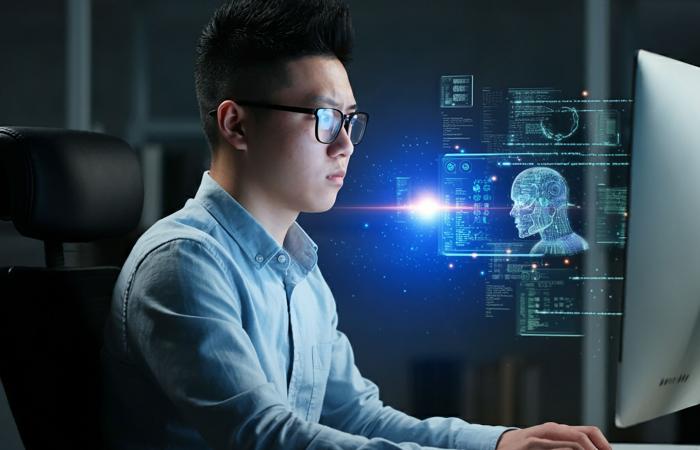A picture is worth a thousand words, says the adage. But in the age of AI image creation, it is difficult to rely on it.
There are several websites and apps that can analyze an image to automatically identify whether it was created by a human or generative AI. All you have to do is upload an image to find out if it is real or not. The result is generally accompanied by a confidence coefficient. The higher this percentage, the more certain the software is in its analysis.
Unfortunately, many miss these tools.
After trying nearly ten, with different images generated by Imagen 3 from Google, Grok 2 from X, Dall-E 3 from OpenAI as well as images generated by AI found on the web, the site that stands out The best of the lot is probably Is It AI, which allows for 15 free checks per month. Others offer similar performance, but not better, and require you to upgrade to a paid subscription more quickly.
Image Is It AI OK.jpg. An automatic detection tool can identify whether an image was generated by AI. But the result is not guaranteed. Screenshot: Maxime Johnson.
Among the free options, the Fake Image Detector and Maybe’s AI Art Detector are easier to defeat than Is It AI, but still worth a try.
In any case, none of the systems were able to detect all the AI-generated images I uploaded to them. And, interestingly, it is not always the arch-realistic images created by the latest generation models that fool the software. Sometimes visibly false images also foil them.
However, all systems were able to identify the real images I tested (because after all, some images you will want to check will indeed be real).
In short, if an image is labeled as fake by these automatic detection tools, you can be pretty sure that it is. But, if it is classified as real and you yourself have doubts, you should continue your research.
Some tips for recognizing successful fake images by eye
Some AI-generated images are so bad that the deception is obvious, whether it’s from one too many limbs or eyes that look like they came straight out of a horror movie.
Images generated by latest generation models can sometimes be more realistic and difficult to identify. Take this one, for example, generated by the Imagen 3 model of Google’s advanced version of Gemini:
– Image generated by Maxime Johnson with Imagen 3 from Google.
At first glance, the person in this fake photo seems completely real. On closer inspection, however, the lighting generated by the computer is a bit unrealistic, and the keyboard seems fake.
No trick can recognize all fake images, and many flaws in today’s AI models are likely to be fixed quickly. For now, these ten tips should still help you detect fake images, even the most successful ones.
1. Check thes hands and fingers
AI has improved a lot over the past couple of years, but it still struggles to generate realistic human hands. Extra fingers are rarer now, but odd finger angles, abnormal length, and inconsistent skin texture can be clues to watch for.
– Image generated by Maxime Johnson with Imagen 3 from Google.
2. Search deformed or non-functional objects
Background details, such as a clock or computer, may appear malformed, overly simplistic, or not function properly. In the example above, if we ignore the holographic screen which still does not exist in 2024, we observe that the ports on the back of the computer appear to have been drawn by hand. The furniture also often leaves something to be desired: an office chair whose wheels are poorly centered, for example, or a table which is missing a leg.
3. Examinez the faces
AI-generated people can be too perfect, with unnaturally smooth, flawless skin, hair, and features (which, however, can also be a sign of an image edited by a human in Photoshop). Some features may also be abnormally different, such as a right ear that is not the same shape as the left.
4. Check the texts
Some AIs do better on this front, like X’s Grok 2 and Google’s Imagen 3, but generative AI models often struggle with text. Signs, labels or written elements sometimes display random, illegible characters, with mistakes or inconsistent typography (for example, watch for identical letters to see if they are really the same shape and size).
5. Notez shiny or too smooth textures
AI-generated images often have a smooth, shiny appearance, especially on surfaces like clothing, skin, food, or objects.
6. Pay attention tou realism in historical or known environments
AI may struggle to accurately represent real locations or historical events. Look for incongruities.

– Image generated by Maxime Johnson with Grok 2 from X.
7. Findz details that lack consistency
Are a person’s earrings the same in both ears? Are the arms of his glasses identical? Each of these elements may be realistic, taken separately, but lack consistency overall.
8. Observe the colors
These are often the colors that jump out at you when an AI-generated image looks wrong. These can be too saturated or make a photo look like it could, in fact, be an illustration. A color that doesn’t look natural doesn’t prove that a photo is fake, but it can be a clue that you need to examine it more closely.
9. Comparsee the sizes
Are all elements of an image to scale? For example, is a phone too big for a person’s hand, and are similar keyboards in an office the same size? Poor scaling can be a good indicator of an AI-generated image.

– Image generated by Maxime Johnson with Dall-E 3 from OpenAI.
10. Analyze the details related to physics
In 2024, this is often the best way to identify an AI-generated image when doubt persists after a first glance. In the image above, for example, we see footprints in the sand, but not under the person’s feet. And in the image of the woman at her computer at the beginning of this section, the scene would have been impossible to light that way (the computer appears to be emitting some light from behind).
If doubt persists, the best technique ultimately remains to analyze the source. Is the author of the photo identified? Is the artist behind the painting named? Is the image published on a credible site? If this is not the case, it is better to be wary of it.
Also read: Can I stop artificial intelligence from stealing my image?









